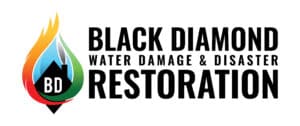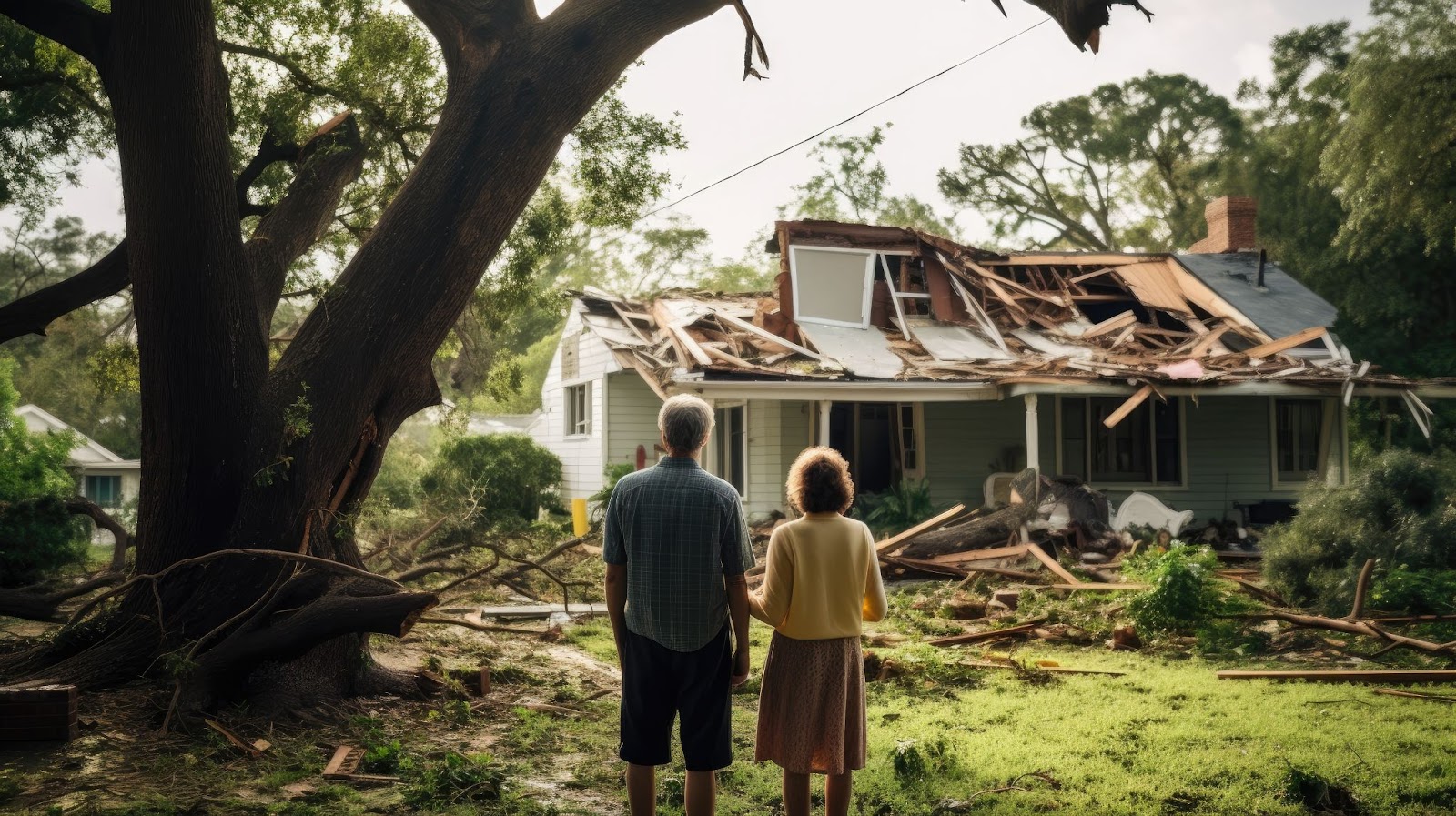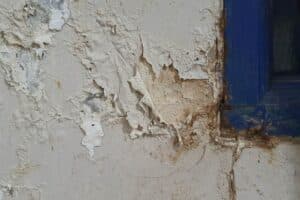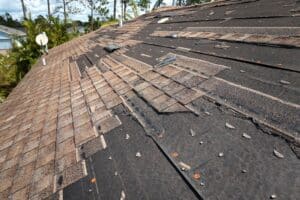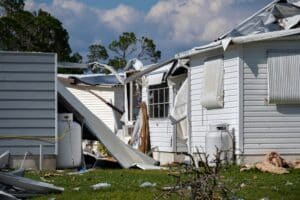Natural disasters bring sudden devastation, forcing communities to confront the emotional, physical, and financial challenges of natural disaster restoration.
Natural disasters—from hurricanes and floods to wildfires and earthquakes—all leave behind significant damage that requires extensive restoration efforts. One of the most pressing concerns for those affected by natural disasters is the financial cost of restoration. Knowing what to expect financially better prepares homeowners and business owners for the challenges ahead.
Stay tuned as we discuss the various costs involved in natural disaster restoration and how to navigate them effectively.
Natural disasters are becoming more common
Natural disasters are becoming more frequent in many parts of the world due to climate change. Rising global temperatures are altering weather patterns worldwide. Warmer air holds more moisture, leading to heavier rainfall and more intense storms. This change also fuels stronger hurricanes and tropical storms. These shifts not only increase the frequency of such disasters but also amplifies their destructive capabilities.
Data from the National Centers for Environmental Information shows that 2020 marked the sixth consecutive year with at least 10 climate and weather events causing damages of $1 billion or more in the United States. This trend underscores the growing financial toll of these events. The need to mitigate and adapt has never been greater. This also underscores the need to prepare both physically and financially for unexpected disasters.
Natural disasters in the United States
It’s no secret that natural disasters lead to significant financial burdens along the road to recovery. The economic impact of these events is staggering and often takes years or even decades to fully recover. Here are the top five costliest disasters the United States has seen:
1. Hurricane Katrina (2005)- $193.8 billion
2. Hurricane Harvey (2017)- $155 billion
3. Hurricane Ian (2022)- $115.2 billion
4. Hurricane Maria (2017)- $111.6 billion
5. Hurricane Sandy (2012)- $85.9 billion
Additionally, here are the top 10 most disaster-prone states in America. These states consistently face the highest number of natural disasters due to their geographical locations and climate conditions:
- Texas
- California
- Oklahoma
- Washington
- Florida
- Oregon
- New York
- New Mexico
- Arizona
- Colorado
The scope of restoration
The first step in assessing the financial impact of water damage and disaster restoration is understanding the scope of the storm damage. The extent of the destruction varies significantly depending on the type and severity of the disaster. For example:
- Floods cause extensive water damage that requires water extraction, drying, mold remediation, and structural repairs.
- Hurricanes and tornadoes result in wind damage, broken windows, roof damage, and structural issues.
- Wildfires cause not only fire damage but also smoke damage and potential water damage from firefighting efforts.
- Earthquakes lead to foundation cracks, structural instability, and utility damage.
The costs associated with natural disaster cleanup and restoration largely depend on the specific damage your property has sustained. A thorough assessment, often with the help of a professional restoration company, will help to determine the full extent of the damage and the necessary steps for restoration.

Factors influencing restoration costs
Several factors influence the overall cost of natural disaster cleanup and restoration. These factors include:
- The type of damage – The type of damage is the most influential factor impacting the cost of natural disaster restoration. For example, the financial impact of water damage might include costs for extensive drying, dehumidification, and mold remediation. Fire damage might necessitate the removal of charred materials, smoke odor removal, and structural repairs.
- Extent of the damage – The extent of the damage is the next factor that greatly influences total restoration costs. Minor damage might only require cosmetic repairs while severe damage might necessitate total structural repairs.
- Size of the affected area – The larger the area of damage, the more materials, labor, and time will be needed for restoration. For example, a small flood in a basement will be much less costly to address than a flood that wipes through an entire home.
- Materials and labor costs – The cost of materials and labor will fluctuate depending on the location and the demand for restoration services. The demand for restoration services often spikes after a widespread disaster. Higher labor costs and potentially longer wait times for services are common during these desperate times.
- Location – The geographic location is also a factor affecting restoration costs. Those in urban areas might have higher labor costs, while those in difficult-to-access places might incur additional charges for logistics.
- Permits and regulations – You may need to obtain permits or comply with local building codes depending on the extent of the restoration work. These requirements add to the overall cost of the project.
- Insurance – Insurance plays a significant role in covering restoration costs; however, the extent of coverage will vary depending on your policy. It’s important to review your insurance coverage to understand what is and isn’t covered. Also, pay attention to any deductibles or coverage limits.
Building an estimate
After a disaster professional visits your property, they will put together a comprehensive financial estimate and a detailed restoration plan. A thorough estimate will clearly outline the costs associated with each part of the repair process so you will know exactly where your money is going.
Understanding the financial impact of water damage, along with other disaster-related costs, will help you better prepare for the restoration process.
Here are the components you might see on an estimate:
Damage assessment – A detailed evaluation of all affected areas, including structural damage, water intrusion, fire or smoke damage, and any other specific issues.
Labor costs – This outlines the labor required for natural disaster cleanup, such as demolition, repair, and rebuilding.
Material costs – This is a breakdown of all the materials needed for repairs. Lumbar, drywall, paint, insulation, roofing materials, and any other specialized items will be accounted for here.
Equipment costs – If specialized equipment is needed for any tasks, it will be included in the financial estimate. This includes water extraction, drying, dehumidification, and more. This may also cover the rental or use of heavy machinery or structural repairs.
Permits and inspections – Certain tasks require permits for rebuilding or repair work. There are also associated costs for appropriate inspections once the repairs are complete.
Timeframe – The timeframe will also be outlined in your estimate. This will describe how long the restoration process will take, including any potential delays or contingencies due to permitting, weather conditions, or the availability of materials and labor.
Insurance coordination – This section will detail how the restoration company will work with your insurance provider, including the documentation of damages and costs so your claim is processed smoothly.
The role of insurance
Insurance plays a significant role in reducing the financial burden of natural disaster restoration; however, policies differ in terms of coverage, deductibles, and limits. Thoroughly review your insurance policy to understand what’s included and what isn’t. This knowledge will make sure you’re not caught off guard during a disaster.
For instance, standard homeowners’ insurance typically covers fire and wind damage but may have specific limits when it comes to hurricanes. Additionally, flood and earthquake damage are generally not covered under standard policies.
Homeowners in flood-prone or earthquake-prone areas should purchase separate insurance for these risks. This additional coverage guarantees that you’re fully protected against the financial impact of natural disasters.
Preparing for potential additional costs
Always anticipate potential additional costs that may arise beyond those predicted in the initial estimate or covered by your insurance. Even with a comprehensive estimate, unexpected issues might surface once the work begins.
For example, hidden structural damage, mold growth, or asbestos removal might be discovered only after the restoration process is underway. These unforeseen problems require additional labor, materials, and time, which adds to the overall cost.
Additionally, some expenses are not fully covered by your insurance policy. Many policies have limits, exclusions, or deductibles that leave you responsible for a portion of the restoration costs. Set aside a contingency fund to cover these unexpected expenses and avoid financial surprises.
Being financially prepared for these potential additional costs helps make sure the restoration process can continue smoothly, even if unanticipated challenges rear their head.
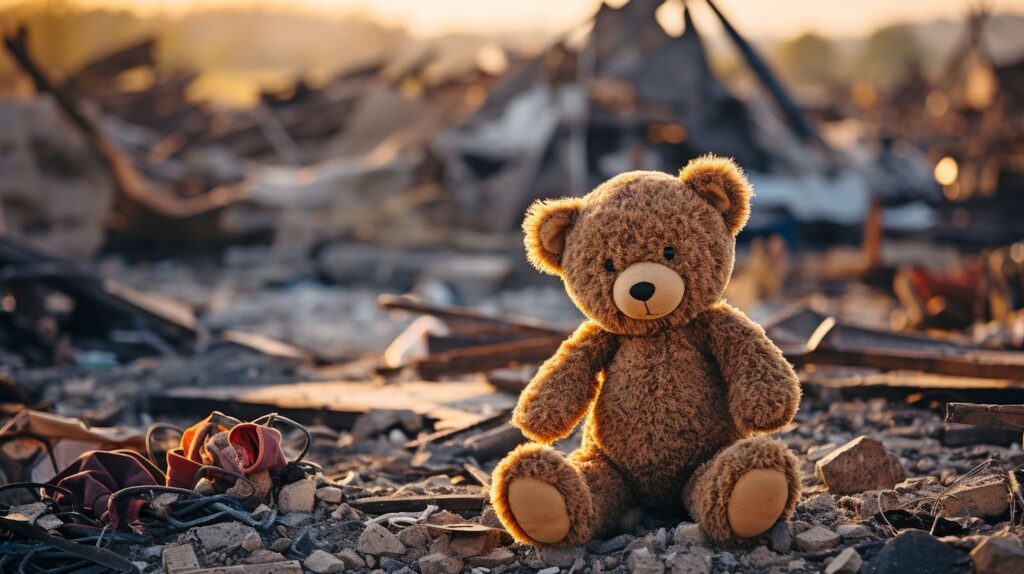
Black Diamond Restoration is here for all of your restoration needs
When natural disasters strike, the financial impact is often overwhelming. At Black Diamond Restoration, we specialize in natural disaster restoration and understand the complexities of restoring your home or business after a disaster.
Located in Murray, Utah, and proudly serving Salt Lake City and its surrounding areas, our team of experts provides top-notch restoration services tailored to your needs. From assessing the damage to navigating insurance claims, we’re here to guide you every step of the way.
Trust Black Diamond Restoration to help you rebuild with confidence. For more information and to start your restoration process, contact Black Diamond Restoration today.
toto slot toto slot toto togel